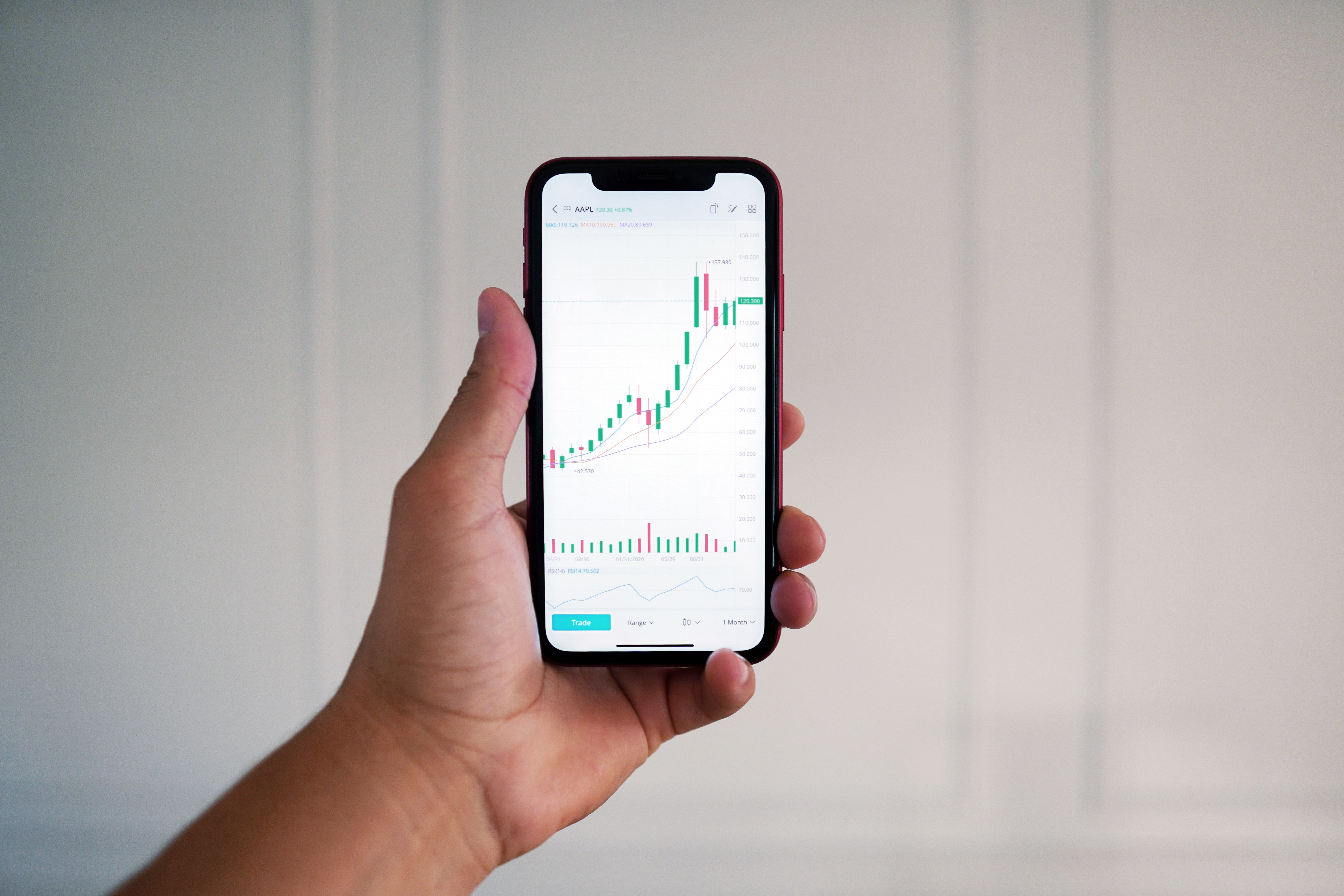Mastering Day Trading with Cutting-Edge Technologies: A Comprehensive Guide

Mastering Day Trading with Cutting-Edge Technologies: A Comprehensive Guide
Day trading, the practice of buying and selling financial instruments within the same trading day, has become more accessible and sophisticated thanks to the latest technologies. With advancements in artificial intelligence, algorithmic trading, and real-time data analytics, even average users can harness these tools to make informed decisions and potentially generate profits. In this guide, we’ll delve into the world of day trading, explore the technologies that have reshaped it, and provide practical examples for the average user.
Understanding Day Trading: The Basics
Day trading involves executing multiple trades throughout a single trading day to capitalize on price fluctuations. Unlike long-term investing, day traders aim to profit from short-term market movements. This approach requires careful analysis, quick decision-making, and risk management.
Leveraging Cutting-Edge Technologies:
-
Real-Time Data Analytics: The cornerstone of successful day trading is access to real-time market data. Platforms and tools that offer real-time quotes, price charts, and market news enable traders to identify trends and react swiftly to changing conditions.
Example: TradingView is a popular platform that provides real-time charts, technical analysis tools, and a wide range of indicators to help traders analyze market movements.
-
Algorithmic Trading: Algorithmic trading involves using pre-defined algorithms and automated strategies to execute trades. These algorithms can analyze data and execute orders at a speed and accuracy that is nearly impossible for a human trader.
Example: MetaTrader 4 (MT4) and MetaTrader 5 (MT5) are widely used platforms that allow traders to create, test, and implement their own trading algorithms.
-
Artificial Intelligence (AI) and Machine Learning: AI and machine learning models can analyze vast amounts of data to identify patterns and trends that might not be apparent to human traders. These models can continuously learn and adapt, enhancing trading strategies over time.
Example: The AlgoTrader platform uses AI and machine learning to develop and optimize trading strategies based on historical data and real-time market conditions.
-
Social Trading Platforms: Social trading platforms allow users to follow and replicate the trades of experienced traders. This can be particularly useful for novice traders who want to learn from the strategies of experts.
Example: eToro is a social trading platform that enables users to automatically replicate the trades of successful traders in real time.
-
Mobile Trading Apps: Mobile trading apps bring the power of day trading to your fingertips. These apps offer features like real-time quotes, chart analysis, order placement, and notifications.
Example: Robinhood and TD Ameritrade’s thinkorswim are mobile trading apps that provide users with the tools and data needed for on-the-go day trading.
Crafting Your Day Trading Strategy:
-
Choose Your Market: Decide which financial markets you want to trade in. Common options include stocks, forex (foreign exchange), commodities, and cryptocurrencies.
-
Set Clear Goals: Define your trading goals, whether they’re daily profit targets or long-term financial objectives. Having clear goals helps you stay disciplined and focused.
-
Risk Management: Establish risk management rules, such as the maximum amount you’re willing to lose on a single trade or the percentage of your capital you’re willing to risk.
-
Technical and Fundamental Analysis: Utilize both technical analysis (chart patterns, indicators) and fundamental analysis (economic data, news) to inform your trading decisions.
-
Backtesting and Optimization: If you’re using algorithmic trading, thoroughly backtest your strategies on historical data to assess their performance. Optimize your algorithms for better results.
Example: A Simple Day Trading Scenario
Let’s say you’re interested in day trading stocks. You’ve chosen a popular stock, XYZ Inc., and you’re using a combination of real-time data analytics and technical analysis to guide your decisions.
-
Research and Pre-market Analysis: Before the market opens, you analyze XYZ Inc.’s recent price movements, news, and any potential upcoming events that might affect the stock’s value.
-
Setting Entry and Exit Points: Based on your analysis, you identify support and resistance levels for XYZ Inc.’s stock. You decide that if the stock’s price crosses a certain resistance level, it’s a signal to buy. Conversely, if it drops below a support level, it’s a signal to sell.
-
Monitoring Real-Time Data: As the market opens, you use your real-time data analytics platform to monitor XYZ Inc.’s stock price. You notice that the stock quickly rises above your predefined resistance level.
-
Executing the Trade: With the stock meeting your entry criteria, you execute a buy order. You set a stop-loss order slightly below the support level to manage potential losses.
-
Monitoring and Exiting: Throughout the day, you continue to monitor the stock’s price movements. If the stock reaches your profit target or approaches your stop-loss level, you exit the trade.
-
Reflect and Learn: After the trading day ends, you review your trade, analyzing what went well and what could be improved. You use this information to refine your strategy for the next trading day.
Challenges and Considerations:
-
Emotional Discipline: Day trading requires emotional discipline, as rapid price fluctuations can trigger impulsive decisions. Stick to your strategy and avoid making emotional trades.
-
Learning Curve: Mastering day trading takes time and effort. Be prepared to dedicate resources to learning about markets, strategies, and technologies.
-
Risk of Loss: Day trading involves substantial risk, and it’s possible to incur significant losses. Effective risk management is crucial to long-term success.
Final Thoughts:
Day trading has evolved from a niche pursuit to a dynamic field accessible to average users through the latest technologies. By understanding the tools available and employing a well-defined strategy, you can navigate the fast-paced world of day trading with greater confidence. Remember that while technology can provide an edge, success also requires discipline, continuous learning, and a willingness to adapt to changing market conditions. Whether you’re a novice or an experienced trader, integrating cutting-edge technologies into your day trading approach can potentially open up new opportunities for financial growth.